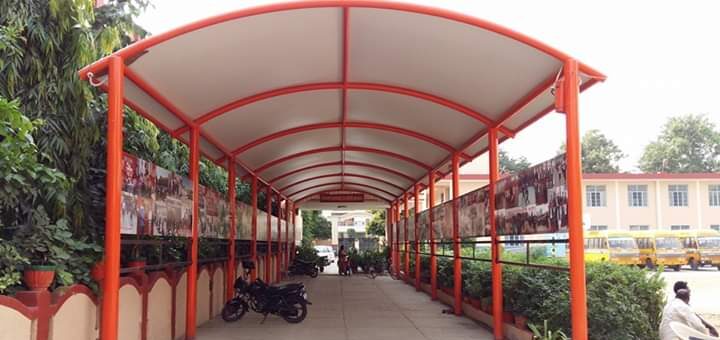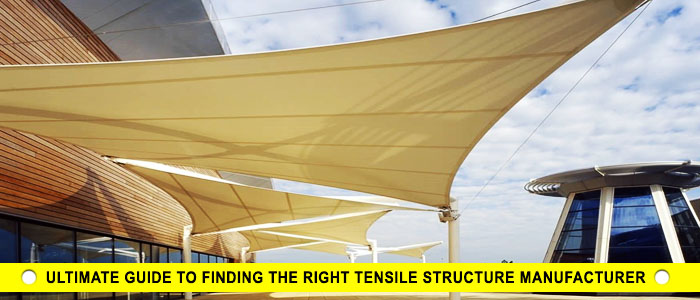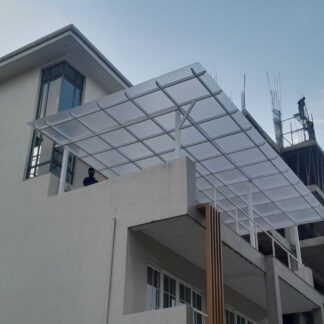Tensile Structure Cost
December 15, 2025 By admin

7 Factors That Determine the Cost of a Tensile Structure
The cost of a tensile structure may also differ considerably given the following factors: This will assist you in drawing a correct budget line for your project once you are aware of these aspects. Here are the key determinants of tensile structure costs:
1. Size and Complexity of the Structure:
Size: As with any construction, larger structures will demand more materials and manpower, thus raising the cost.
Complexity: This design style has many features, such as multiple peaks, valleys, and curves, which require extensive engineering and fabrication time and are, therefore, costly.
2. Material Selection:
Membrane Material: This depends on the type of membrane fabric used, which includes PVC, PTFE, or ETFE membrane fabric. Newer-generation materials such as PTFE cost slightly more than the rest but are quite robust and withstand wear and tear, in addition to weather conditions.
Frame Material: The cost of the frame also depends on the material used, whether it is steel or aluminum, and the thickness of the same. In most cases, the cost of steel is less than that of aluminum, but the latter has better anti-corrosive properties even though it is costly.
3. Design and Engineering:
Design Complexity: This aspect shows how some components inside a product contribute towards increasing the engineering hours. Different designs and designs that are highly varied from what has been used in the past require analysis and calculations, which take time and money.
Load Calculations: It is necessary to properly calculate the loads of the wind, snow, and seismic, as well as to calculate other types of loads. The whole of these computations goes to the engineering costs.
4. Foundation and Installation:
Foundation Type: All depend on the soil condition and size of the structure to determine whether to use concrete or steel footing or soil anchoring. Complicated foundations will also tend to keep costs high.
Installation Complexity: This factor also depends on accessibility, permits required by law according to the area of installation, and the density and design of the structure. Difficult sites also require more manpower and additional equipment to complete the installation, increasing the costs.
5. Additional Features and Accessories:
Lighting: The use of lighting systems, particularly LED lighting, modifies the physical appearance of the structure but increases the total expenditure.
Heating and Cooling: If climate control is needed, HVAC systems have to be included, and this is expensive concerning the project cost.
Acoustic Treatment: For the purpose of noise control, one can install acoustic panels or treatments, which determines the total cost.
6. Location and Logistics:
Site Accessibility: In case the site is located remotely or it is complicated to get there, the transportation costs as well as the labor cost shall be higher.
Local Regulations and Permits: Adhering to great and small construction standards as well as getting approval to undertake construction projects is a time- and cash-consuming process.
7. Contractor Experience and Reputation:
Expertise: Contractors working in the construction industry with satisfactory records may work at relatively high prices since more experienced professionals will cost more, but they will be able to offer quality services and effective organizational skills.
Reputation: In fact, it is also common to find well-established contractors charging more for their work because they use a lot of resources in their acquisition.
Based on these factors and seeking appropriate assistance from qualified contractors, one can always control the tensile structure cost and get a successful project.







